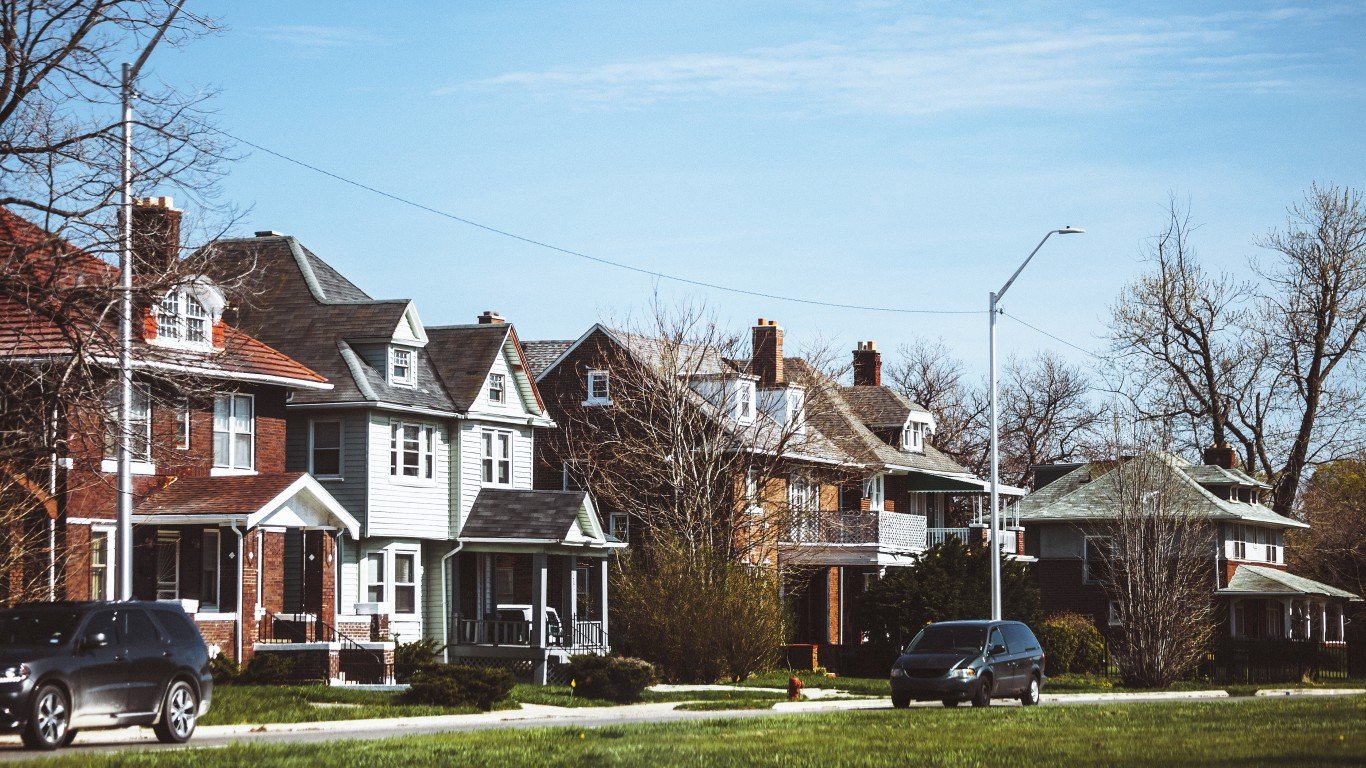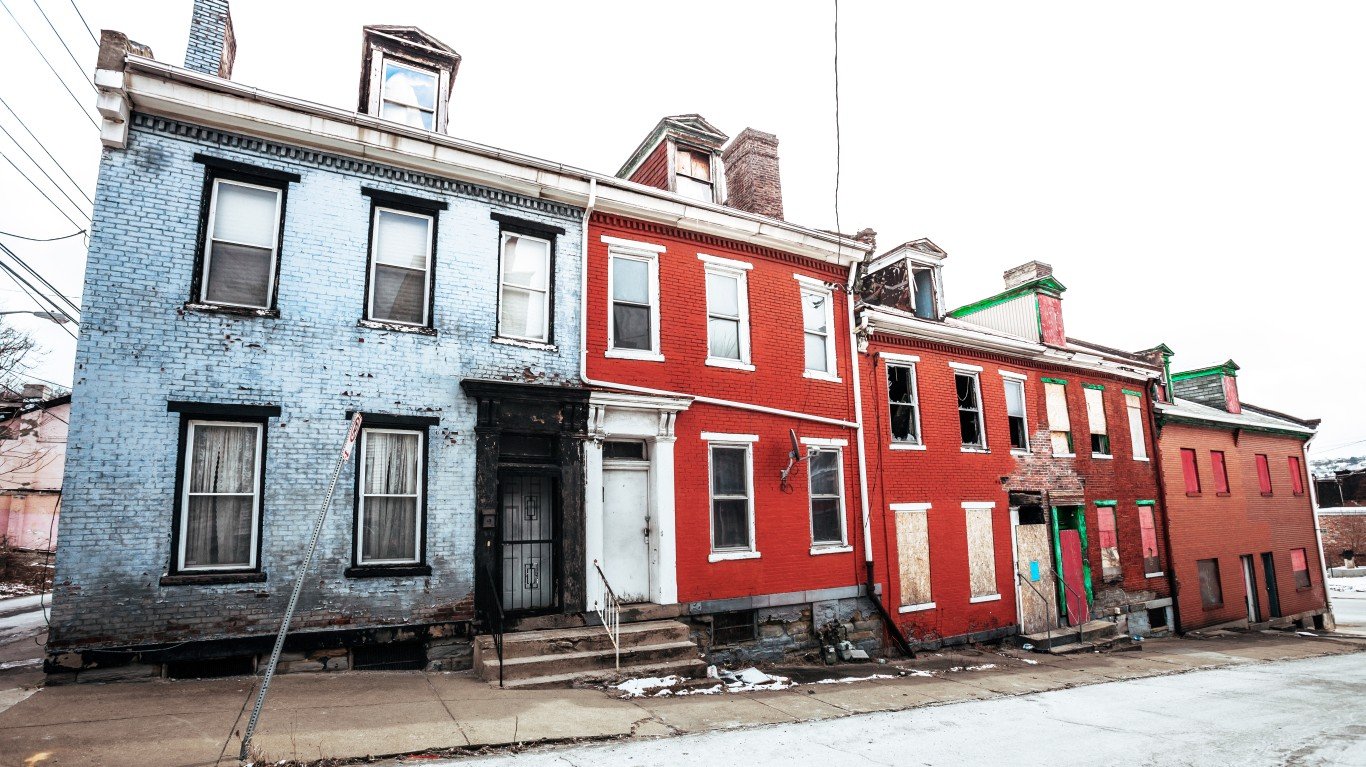

It’s not the biggest secret that the housing market has been showing some signs of slowing in 2018. With supply and demand issues, there has been some more recent pressure around higher interest rates as the Federal Reserve has raised rates in 2017 and 2018.
Freddie Mac has issued its November forecast and there is some reason to be cautious about mortgage and housing trends. What happens when investors hear the phase that almost all the trends in the U.S. housing market have been negative?
That doesn’t exactly sound very positive. Freddie Mac’s November forecast suggests that the top risk in the 2019 housing market is whether current negative trends will persist or whether the housing market will adjust to the shock of higher mortgage rates and resume modest growth.
Freddie Mac has some basic economic and sector observations for 2019 and beyond, and some of the headwinds may hurt housing. While the outlook is for GDP growth to average 3% in 2018, Freddie Mac sees GDP growth slowing down to 2.4% in 2019 and then to just 1.8% in 2020.
There are also some basic concerns around the housing market. Freddie Mac’s forecast is for total home sales to decrease 1.6% to 6.02 million in 2018 and then increasing by just 1% to 6.08 million in 2019. It also forecasts that home sales will climb by 2% to 6.20 million in 2020. After average home prices are expected to rise 5.1% in 2018, Freddie Mac sees housing prices rising 4.3% in 2019 and 2.9% in 2020.
The mortgage market itself may be where some concerns are being seen. Freddie Mac sees single-family mortgage originations down by 9.9% to $1.63 trillion in 2018, but it then sees additional drops down to $1.62 trillion in 2019 and then down to $1.60 trillion in 2020. The reason here is being cited as shrinking refinance activity. The report further said:
Adjusted for inflation in 2017 dollars, an estimated $14.2 billion in net home equity was cashed out during the refinance of conventional prime-credit home mortgages in the third quarter of 2018, down from $18.3 billion a year earlier and substantially less than the peak cash-out refinance volume of $102 billion during the second quarter of 2006.
Sam Khater, Freddie Mac’s chief economist, cautioned:
Almost all the trends in the U.S. housing market have been negative in recent months as housing market activity continues to adjust to higher mortgage rates… If new home sales are to resume growth in 2019, builders may have to shift their focus to more modestly priced homes and smaller sized homes to help offset housing affordability concerns. But with cost pressures pinching profitability, this will be a significant challenge.
One issue which was not mentioned in the forecast is how mortgage affordability is being impacted by the limits set within tax reform lowering how much interest can be deducted. Still, that issue will only pertain to the mortgages on homes priced well above the conforming limits.
This is not exactly a bloodbath of a forecast for the housing market, but hearing that almost all of the trends in the U.S. housing market have been negative is not exactly going to be seen as a the biggest vote of confidence either.
Sponsored: Want to Retire Early? Here’s a Great First Step
Want retirement to come a few years earlier than you’d planned? Or are you ready to retire now, but want an extra set of eyes on your finances?
Now you can speak with up to 3 financial experts in your area for FREE. By simply clicking here you can begin to match with financial professionals who can help you build your plan to retire early. And the best part? The first conversation with them is free.
Click here to match with up to 3 financial pros who would be excited to help you make financial decisions.
Thank you for reading! Have some feedback for us?
Contact the 24/7 Wall St. editorial team.



